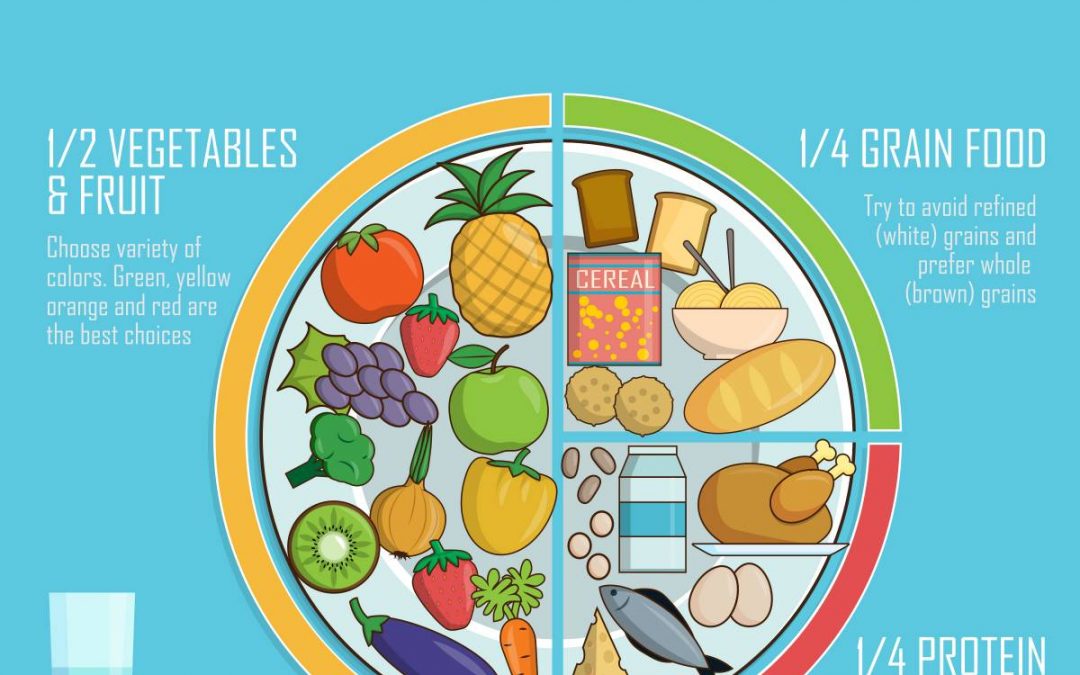The subject of healthy eating for kids can be a bit of a minefield. On one hand, you have copious professional opinions and guidelines to wade through, as well as the advice (well-meaning or otherwise) of family and friends. On the other hand, you’re bombarded with constant advertising, which plays a large role in what we perceive to be healthy food choices for kids. Attractive marketing and/or packaging can fool even the most astute consumer.
Kids themselves can often dictate what we feed them and sometimes it seems easier to give them what they’ll eat rather than what’s actually healthy for them.
Combining busy lifestyles, an abundance of opinions – both professional or otherwise, and the typical “mummy guilt” (or “daddy guilt”, if dad’s the one who takes care of the food situation), it’s no wonder this particular subject clearly resonates with many parents. Too often, parents can find even the thought of healthy eating for kids overwhelming and exhausting.
It doesn’t have to feel tricky or difficult. Healthy eating for kids can actually be a fairly simple if the focus is placed on what’s important and what the goals are when making food choices.
All parents would agree that the goal is to grow healthy kids – providing them with all the building blocks they need for success in all aspects of their lives.
Good nutrition plays a large part in brain development, muscle and tissue health and maintaining a healthy immune system.
When the body isn’t receiving adequate nutrition, these things are often the first places that symptoms of deficiencies appear.
A balanced and varied diet, as minimally processed as possible, is the healthiest way for kids to eat.
There’s absolutely no need to over scrutinise macronutrients, if kids are mainly consuming food that is packaged as nature intended. If they’re eating natural, unprocessed foods as the main part of their diet, kids can also eat what naturally appeals to their appetite. Eating can be ‘tailored’ to each child’s appetite and food preferences.
One child may prefer apples to oranges, or broccoli to carrots, but at the end of the day, both choices are chock full of essential vitamins and minerals and are excellent food choices.
There’s been a lot of chatter lately about ‘paleo’, ‘low carb high fat’, or ‘ditching the sugar’, amongst other diet and nutrition related issues. Again, we believe the key to healthy eating for kids is minimal processing.
Reducing sugar doesn’t hurt, of course, and there’s clearly a wealth of difference between home-baked goods using real ingredients and the mass produced, often highly processed and modified offerings available from the supermarkets.
Keep it simple and unprocessed! A couple of poached eggs with a glass of milk is a great breakfast meal for kids. It’s also far easier to source than goji berries grown in the Tibetan highlands, served with organic Indian goat’s milk yoghurt.
Lose the guilt and go with your instinct. Reduce or, better still, eliminate packaged and processed items and replace with real, fresh food. For some great ideas on what to pack for day care or school lunchboxes, we love the suggestions at: https://iquitsugar.com/ultimate-guide-to-packing-you-kids-lunchbox/.

